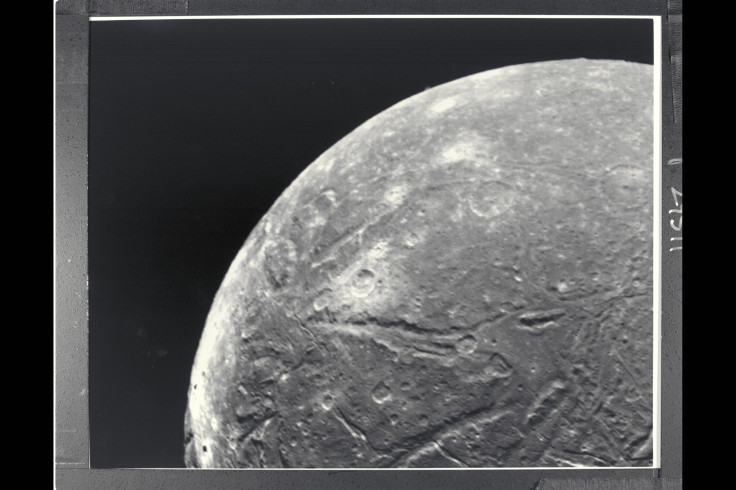Uranus Opens And Closes Every Day To Let Out Planet’s Solar Wind, Study Finds

Scientists utilized data obtained more than 30 years ago in order to find out more about the way Uranus’ magnetic field works. Using information from the Voyager 2 spacecraft flyby in 1986, scientists at the Georgia Institute of Technology revealed Monday that the planet’s magnetosphere flips on and off like a light switch— every single day.
In what could be described as its “on” position, the planet allows solar wind to flow into it. In its “off” position, the planet deflects solar wind by closing up. The process occurs each and every day, the scientists said. Earth’s magnetosphere, in contrast, typically only alters between open and closed in response to changes in solar wind.
Read: When Are Humans Going To Mars? Red Planet Base Camp Planned For 2028
“Uranus is a geometric nightmare,” Carol Paty, the Georgia Tech associate professor who co-authored the study, said in a press release Monday. “The magnetic field tumbles very fast, like a child cart wheeling down a hill head over heels. When the magnetized solar wind meets this tumbling field in the right way, it can reconnect and Uranus’ magnetosphere goes from open to closed to open on a daily basis.”

The reason for the differences between Uranus and Earth’s magnetospheres might lie in the orientation of the planets: Uranus rotates on its side, causing it magnetic field to be lopsided and tilted 60 degrees from its axis. The shift causes the magnetic field to “tumble asymmetrically,” the scientists said.
Earth’s magnetosphere, however, is responsible for auroras, something that might be seen on Uranus as well should scientists ever be able to get a closer look. While auroras only occur in very specific spots on Earth, they might be more common on Uranus due to its shifted magnetic field.
But the icy giant is almost two billion miles away, making any such close observation difficult. At its closest, the Voyager 2 craft came within 50,600 miles of Uranus’ cloudtops during its five-day flyby, according to NASA. Voyager 2 remains the only spacecraft to have visited the planet. The Hubble Space Telescope has captured the planet in the past, though it can’t measure the magnetosphere sufficiently or directly. The blue planet remains one of the lesser understood in the solar system, in contrast to planets like Mars, Jupiter and Saturn, which are visited more often by crafts.
Read: Astronomers Discover Evidence Of Planet Like Luke Skywalker’s Home, Tatooine
Scientists said understanding more about what happens to the seventh planet’s magnetosphere each day is imperative to learning more about planets outside the solar system.
“The majority of exoplanets that have been discovered appear to also be ice giants in size,” Xin Ciao, a Georgia Tech Ph.D. candidate, said in Monday’s press release. “Perhaps what we see on Uranus and Neptune is the norm for planets very unique magnetospheres and less-aligned magnetic fields. Understanding how these complex magnetospheres shield exoplanets from stellar radiation is of key importance for studying the habitability of these newly discovered worlds.”

© Copyright IBTimes 2025. All rights reserved.






















